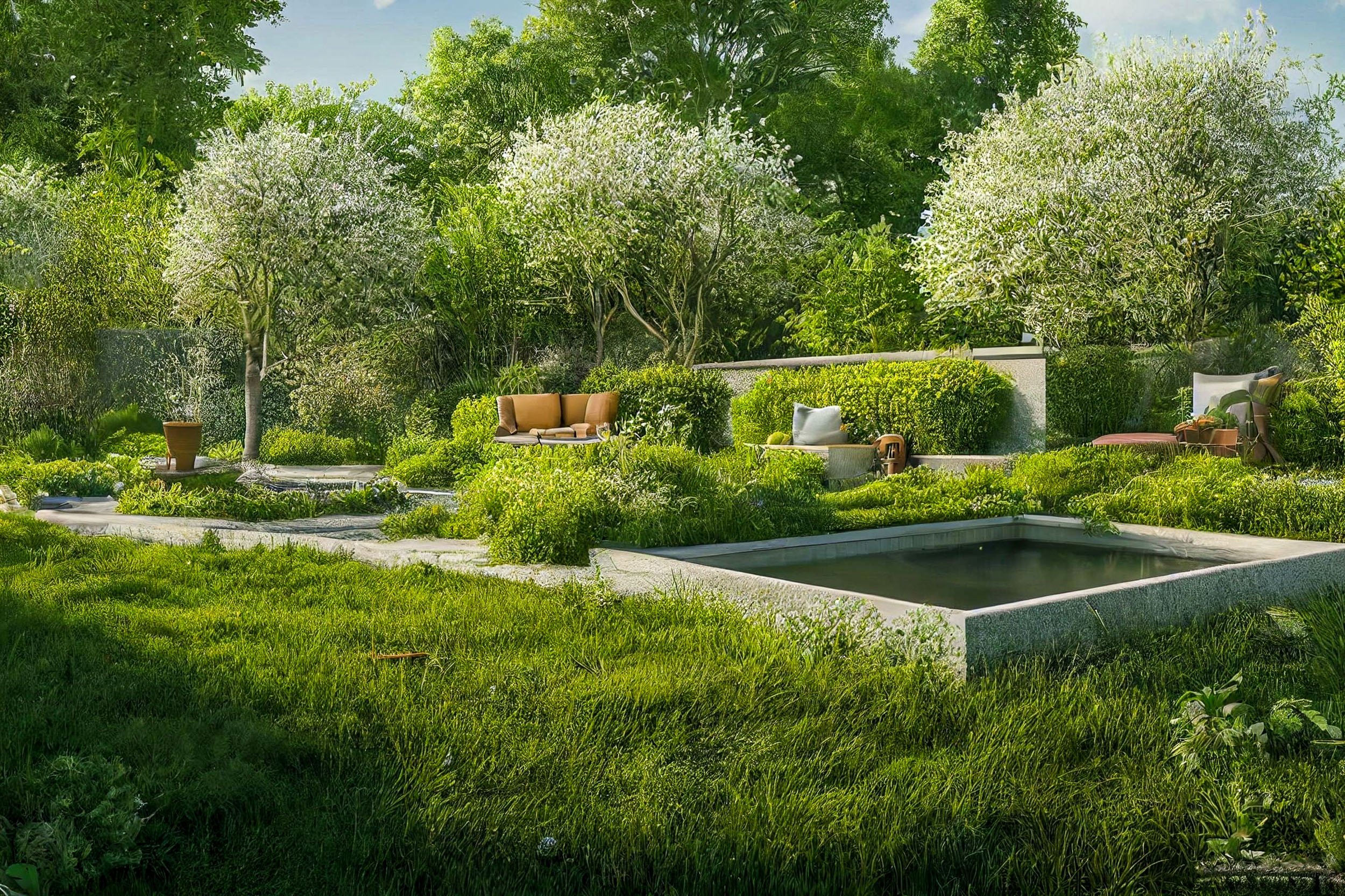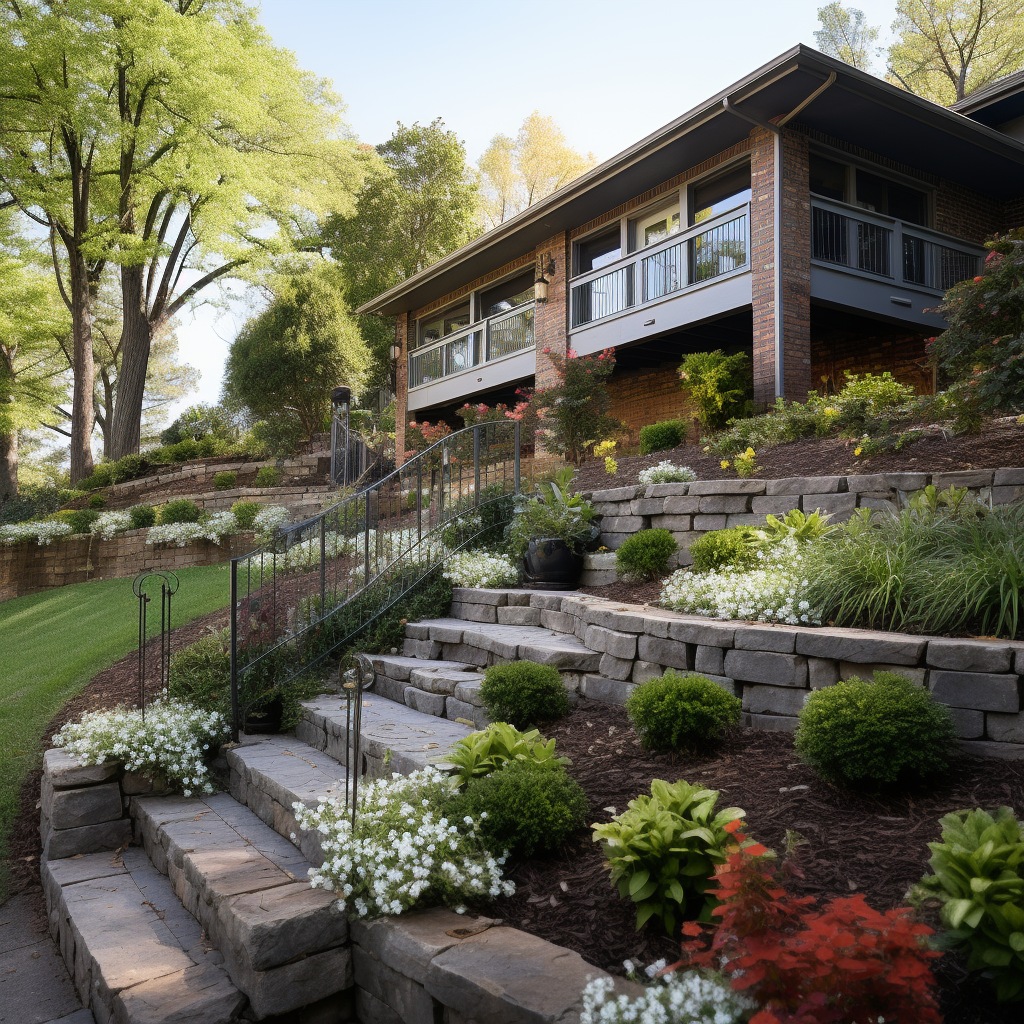The Best Guide To Hilton Head Landscapes
The Best Guide To Hilton Head Landscapes
Blog Article
How Hilton Head Landscapes can Save You Time, Stress, and Money.
Table of ContentsA Biased View of Hilton Head LandscapesHilton Head Landscapes Things To Know Before You Get ThisThe Best Guide To Hilton Head LandscapesA Biased View of Hilton Head LandscapesGetting My Hilton Head Landscapes To WorkThe Hilton Head Landscapes IdeasSome Known Facts About Hilton Head Landscapes.
Line creates all forms and patterns and can be made use of in a range of ways in the landscape. Line in the landscape is developed by the edge in between two products, the rundown or silhouette of a form, or a long straight feature. Lines are an effective device for the designer since they can be used to create a boundless range of forms and types, and they control activity of the eye and the body.

Lines can have one or more attributes, such as those defined listed below, yet they normally serve different purposes. Number 1. Lines in the landscape - hilton head landscapers. The residential properties of lines identify just how people react to the landscape, both mentally and literally. Straight lines are structural and forceful; they develop a formal personality, are usually related to a symmetrical layout, and lead the eye directly to a focal factor.
The Definitive Guide for Hilton Head Landscapes
Curved lines create a casual, all-natural, loosened up personality that is linked extra with nature and unbalanced equilibrium. Bent lines relocate the eye at a slower speed and add secret to the space by producing surprise views.
Upright lines in the landscape consist of high, slim plant material, such as trees, or tall structures, such as an arbor or a bird residence on a post. Straight lines move the eye along the ground plane and can make a space really feel bigger. Low lines are much more restrained and produce a sensation of remainder or repose.
Unknown Facts About Hilton Head Landscapes
Low lines are produced by reduced garden wall surfaces, pathways, and short bushes. Lines are used to attract forms on a strategy. In plan sight, they specify plant beds and hardscape areas. Lines are additionally produced by the upright forms of constructed attributes and plant product. There are 3 main line types that develop form in the landscape: bedlines, hardscape lines, and plant lines.
Bedlines attach plant material to your home and hardscape because the eye follows the line, moving the stare via the landscape. Hardscape lines are produced by the side of the hardscape, which marks the built structure. Line can additionally be created by long and slim products, such as a fencing or wall surface.
The 9-Second Trick For Hilton Head Landscapes
Type is located in both hardscape and plants, and it is generally the leading aesthetic component that spatially arranges the landscape and usually determines the style of the yard. The kind of frameworks, plant beds, and garden ornaments additionally more helpful hints establishes the total form motif of the yard. Official, geometric types consist of circles, squares, and polygons.
Plants produce type in the garden through their describes or silhouettes, however type can also be defined by a void or unfavorable area between plants - landscaping hilton head sc (https://h1tnhdlndscps.bandcamp.com/album/hilton-head-landscapes). Circles can be full circles, or they can be divided right into half circles or circle segments and combined with lines to develop arcs and tangents
Rumored Buzz on Hilton Head Landscapes
Circles can also be extended into ovals and ellipses for even more variety and passion. Circles are a strong layout kind due to the fact that the eye is always attracted to the center, which can be made use of to emphasize a focal factor or link other kinds. Figure 2. Circular kinds in hardscape and lawn panels.
The square form can likewise be fractional and pre-owned repeatedly to produce a grid pattern. Unlike circles, squares are more powerful on the sides, which can be aligned or overlapped to create special patterns and even more complex types. Polygons are many-sided kinds with straight edges. Triangles, for instance, are three-sided polygons.
Twisting lines typically mimic the natural program of rivers or streams and can be referred to as smooth lines with deeply bent wavinesses. Twisting lines (Number 3) function well for paths, plant bedlines, and completely dry stream beds. Meandering lines can add rate of interest and secret to a garden by leading audiences around edges to discover new views and areas.
6 Easy Facts About Hilton Head Landscapes Described

Usual plant types are well established and standard, as type is the most consistent and recognizable feature of plants. Type can also be created via the massing of plants, where the general mass creates a various type than a specific plant.
An extremely contrasting kind must be utilized with careone or two job well as a centerpiece, yet way too many develop turmoil. Natural plant kinds, instead of over-trimmed kinds, ought to develop the bulk of the composition. The importance of overall kind is essentially reliant on the seeing perspectivethe kind of a tree can appear fairly different to an individual standing under the canopy versus checking out the tree from a distance in an open area.
Hilton Head Landscapes Things To Know Before You Get This
Plant forms likewise develop and define the space or open areas in between the plants, creating either convex or concave kinds in deep spaces. High-arching tree branches generally produce a concave open space under the branches, and a round canopy with reduced branches fills the room to create a convex type in the open space under the tree.

Report this page